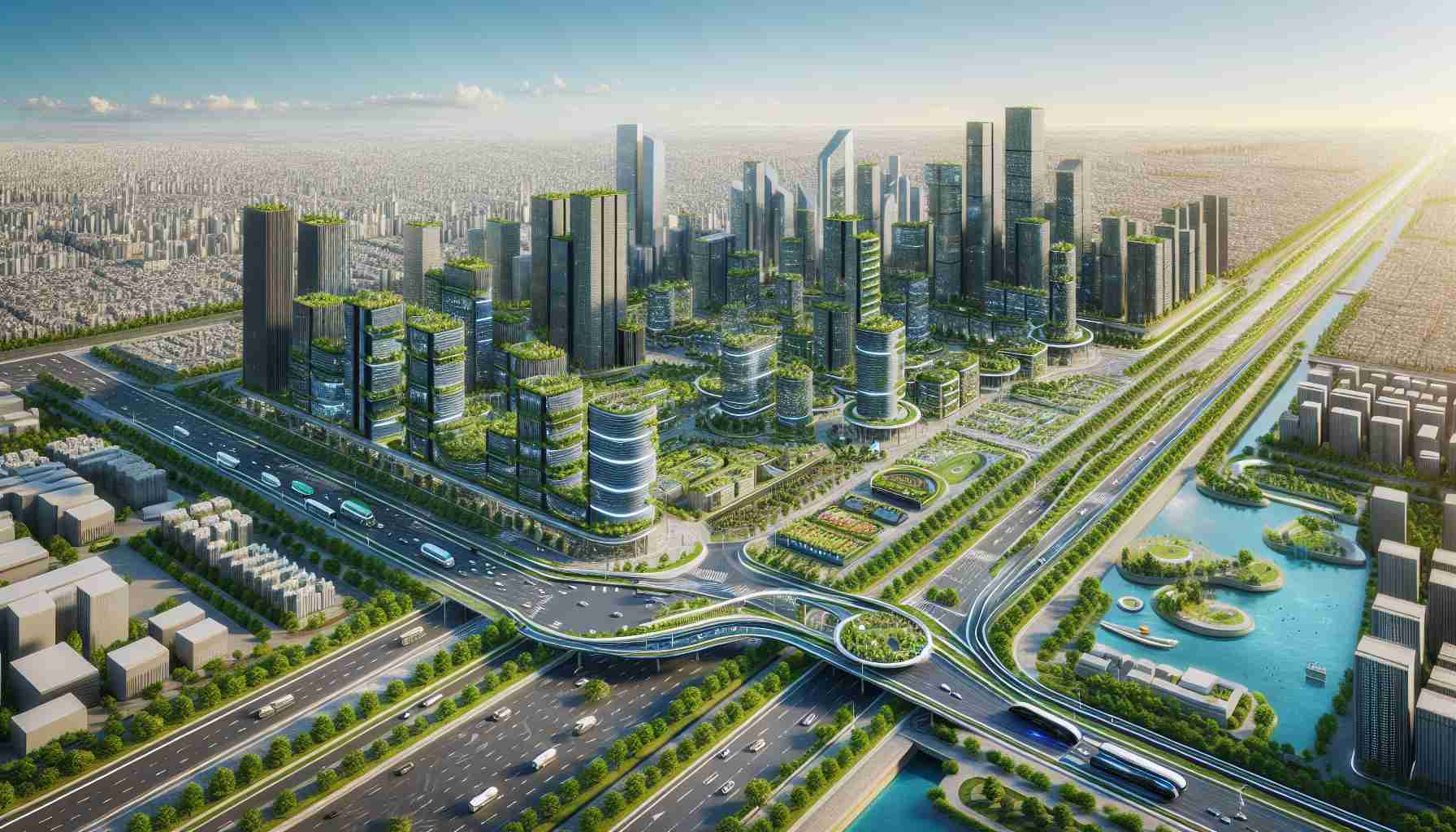Embracing Technological Advancements for Urban Resilience
In the realm of urban development, addressing issues such as urban flooding, natural disasters, and extreme weather conditions is paramount. Enhancing urban resilience requires a shift towards smart city initiatives to integrate intelligent infrastructure, convenient public services, and refined social governance. Leveraging new technologies is essential in fortifying cities’ capabilities to prevent disasters, manage crises, and facilitate recovery processes.
Enhancing Effectiveness through Synergizing Resilience and Smart Pathways
Resilient cities and smart cities each have distinctive emphases but intersect significantly in their goals. Effectively harnessing the synergies between the two paradigms can amplify their impact, advancing urban development strategies. While resilience cities aim at adapting and recovering from various stresses and shocks, smart cities leverage technology and innovation to enhance urban operations and improve citizens’ quality of life.
Enriching Urban Lives through Smart Resilience Initiatives
The endeavor of constructing smart and resilient cities promises enhanced safety, superior public services, and an elevated quality of life for residents. By instigating sophisticated urban governance systems, incorporating intelligent security measures, emergency response platforms, and ensuring a comprehensive risk management approach, cities can secure a safer and more efficient environment for their inhabitants. Moreover, by implementing urban renewal initiatives and fostering economic vitality, cities can align themselves with sustainable growth objectives and create a harmonious living space for all.
Driving Towards a Sustainable Urban Future
The convergence of smart and resilient city principles necessitates a holistic approach to urban development, ranging from macro-level urban planning to micro-level green space integration. By establishing clear strategies and policies, promoting digital governance, and fostering shared platforms, cities can unlock the true potential of these concepts. Coordination between government, community participation, and market mechanisms in urban risk management will be pivotal in enhancing the overall resilience of cities and ensuring a secure and thriving environment for all residents.
Maximizing Resilient Urban Design for Future Challenges
As cities gear up to face the escalating complexities of the future, a deeper exploration into the realm of resilient urban design becomes imperative. Beyond the integration of smart technologies, there are key considerations that can significantly impact the efficacy of urban resilience strategies.
What are the critical aspects to consider when designing resilient and smart cities?
In addition to technological advancements, urban planners and policymakers need to prioritize aspects such as nature-based solutions, sustainable architecture, and community engagement. Incorporating green infrastructure, such as green roofs and permeable pavements, can mitigate flooding risks and enhance urban biodiversity. Furthermore, fostering community involvement in decision-making processes can cultivate a sense of ownership and resilience among residents.
Key Challenges and Controversies
One of the key challenges associated with designing resilient and smart cities lies in balancing technological innovation with privacy concerns. The collection of vast amounts of data for smart city frameworks raises questions about data security and citizen privacy. Additionally, there is a need to address the digital divide to ensure equitable access to smart city services for all residents.
Advantages and Disadvantages
The integration of resilient and smart city principles can bring about a host of advantages, including improved disaster preparedness, enhanced infrastructure efficiency, and sustainable urban growth. However, there are also potential disadvantages to consider, such as the high initial costs of implementing smart technologies, reliance on complex systems that may be vulnerable to cyber threats, and the displacement of communities due to gentrification resulting from urban renewal initiatives.
Recommended Resources
For further insights into designing resilient and smart cities, the United Nations offers valuable reports and guidelines on sustainable urban development. Additionally, the Smart Cities Dive platform provides updates on the latest innovations and challenges in the realm of smart urban planning.
By navigating these challenges thoughtfully and leveraging the synergies between resilience and smart city pathways, cities can pave the way for a sustainable and prosperous urban future.























